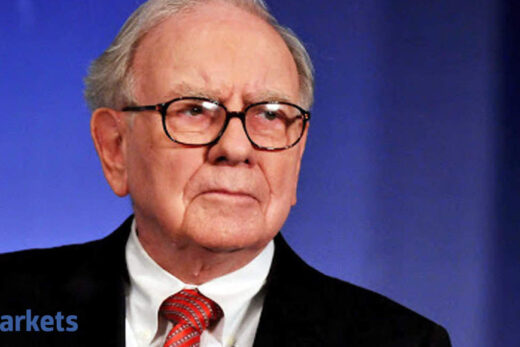However, if you become a ‘mimicry artist’ in the world of investing, you might be able to make a fortune!
When the rest of the world was busy looking for original ideas, NRI investor Mohnish Pabrai did just the opposite: cloned legendary investor Warren Buffett shamelessly but methodically and rigorously.
After starting his stock picking-journey in 1995, he turned his $1 million into $10 million in less than five years. From 2000 to 2018, Pabrai Investment Funds, which is also copied from Buffett’s partnership model, delivered a staggering return of 1,204 per cent.
“By cloning Buffett — and later, his polymathic partner, Charlie Munger — Pabrai has become one of the leading investors of our time,” writes William Green in his recently published book Richer, Wiser, Happier, which chronicles the journey of more than 40 of the world’s super investors.
The 57-year-old California-based Pabrai, who grew up in India before moving to the US for college, did not try to devise a new algorithm to exploit subtle pricing anomalies in the market.
“Instead, he identified the most skillful player of this particular game, analysed why he was so successful, then copied his approach with scrupulous attention to detail. Pabrai’s term for this process is ‘cloning’. We could also call it ‘modeling’, ‘mimicry’, or ‘replication’. But the terminology doesn’t matter. This is a technique for people who care more about winning than sounding respectable or highbrow,” Green writes.
In the book, Pabrai is candid enough to admit it: “I’m a shameless copycat. Everything in my life is cloned. . . I have no original ideas.”
One day in 1994, the Indian-American, who was then running a technology consulting company, stumbled upon Peter Lynch’s book One Up on Wall Street while killing time at Heathrow Airport.
Astonished to learn that the ‘Oracle of Omaha’ had racked up investment returns of 31 per cent annually over 44 years, Pabrai went into mission mode. He read up several books on Buffett’s methodology and religiously read every letter that Buffett had written to Berkshire’s shareholders over the decades.
With the zeal of a true disciple, he also started attending all annual meetings of Berkshire Hathaway without fail. Eventually, he became friends with his guru. “Through Buffett, he’d also become friends with Munger, who invites him for meals at his home in Los Angeles and games of bridge at his club,” says the book.
In July 2007, Pabrai and his best friend Guy Spier, a Zurich-based hedge fund manager, won a charity auction for a ‘power lunch’ with Buffett. For the two disciples, their $650,100 bid for the lunch was nothing but a ‘Guru Dakshina’.
Not only was Pabrai style of value investing borrowed from Buffett, Munger and others; one can see the shadow of a master in most aspects of his life. Like Buffett, Pabrai spends most of the day reading and plays online bridge.
If cloning is such a powerful strategy, why don’t more investors adopt it?
“They’re not as shameless as me. They have more ego. To be a great cloner, you have to check your ego at the door,” says Pabrai.
No wonder, one of the portfolios of his hedge fund is named ‘Shameless Cloning’, which is a selection of stocks from the portfolios of other stock pickers.
“Pabrai, the most relentless cloner I’ve ever encountered, has taken the art of appropriation to such an extreme that, paradoxically, it seems oddly original,” says the author.
Over the years, his cloning technique has become so popular among his fans that they now try to clone the cloner!



